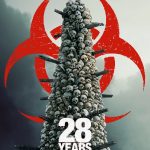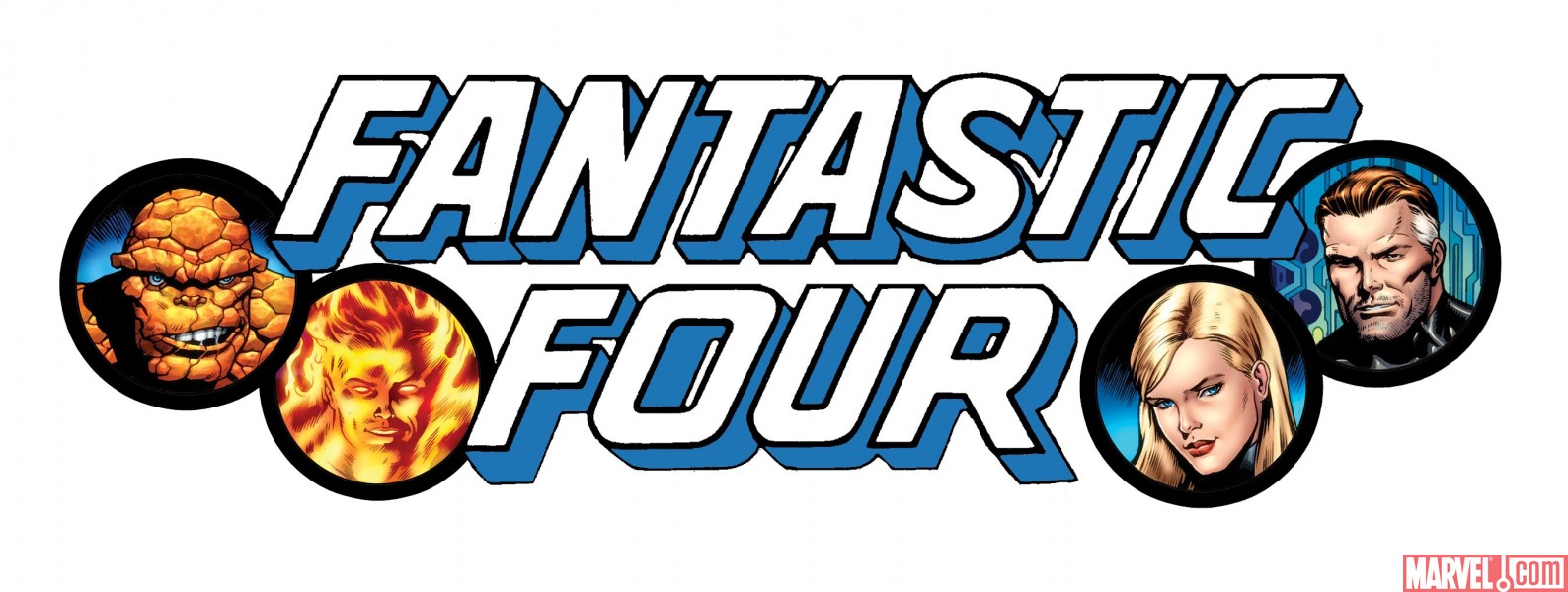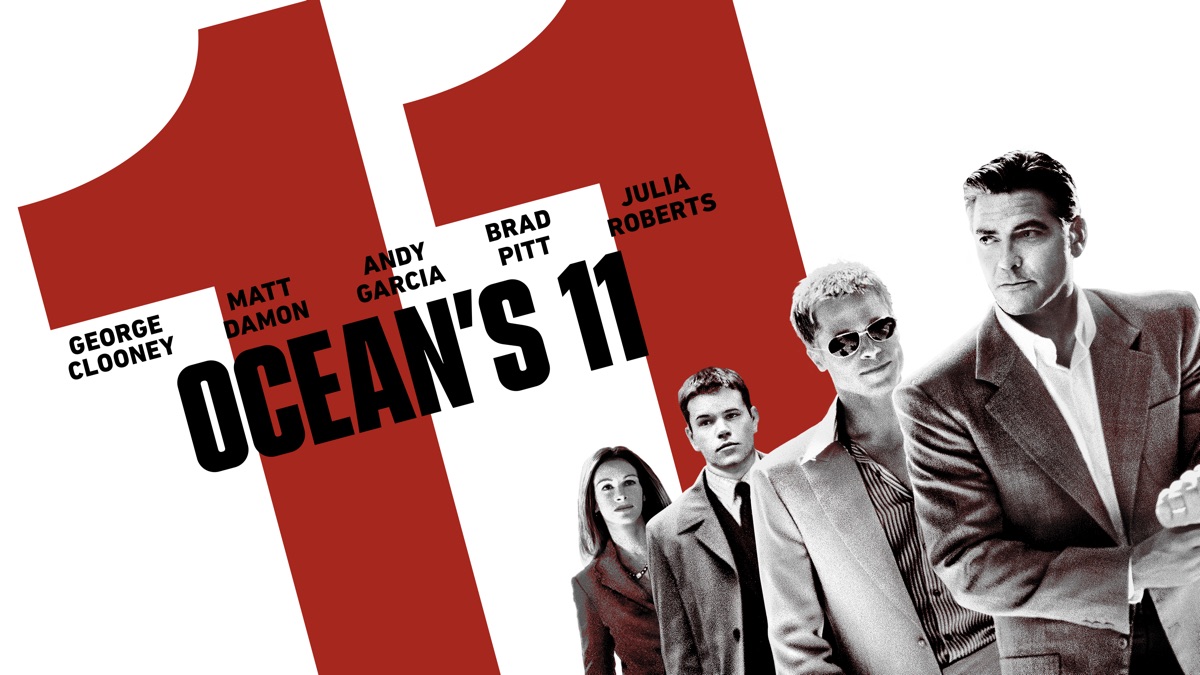Overview
Twenty-eight years since the rage virus escaped a biological weapons laboratory, now, still in a ruthlessly enforced quarantine, some have found ways to exist amidst the infected. One such group lives on a small island connected to the mainland by a single, heavily-defended causeway. When one member departs on a mission into the dark heart of the mainland, he discovers secrets, wonders, and horrors that have mutated not only the infected but other survivors as well.
The long awaited new entry in the series that began in 2002 with 28 Days Later has finally arrived, pushing the story of the rage infection ahead 28 years. The UK is a full quarantine zone, with coastal patrols from other nations making sure that nothing gets in or gets out to infect the rest of the world. The final moments of 28 Weeks Later – which saw a mass of infected descending on Paris – led to nothing it seems and the contagion was prevented from going further. Whilst the rest of the world continues as normal, the UK mainland is, effectively, now a nation occupied by the infected. Small pockets of survivors have settled on island communities off the mainland, with one such community settled in a village on Lindifarne, behind a fortified gate that defends the tidal causeway. Among the residents is Spike, the 12 year old son of one of the community’s scavengers, Jamie, who is set to go on his first visit to the mainland to search for supplies. Spike’s mother, Isla, suffers from an unknown illness, struggling to keep manic and delirious episodes under control. But Spike’s trip the mainland with his father will impact the boy, and the village, far greater than anyone could have imagined.
Shot in a very experimental way, with a sometimes erratic, sometimes sombre manner, this is Danny Boyle at his creative best. Much like how the use of digital cameras to craft the grainy and strikingly harsh imagery of the original film, here he uses iphones linked to rigs to capture moments from multiple angles at the same time, cutting between them in a frenzied manner at times, or smoothly moving around them in an almost bullet-time approach. During the first act the film has imagery of wartime troops inserted into the visuals, presenting striking and jarring parallels with imagery of war-torn England of the mid 20th Century, reminding us that to all intents and purposes, in this dark world this is a war for our homeland, our identities against the rage infected. The sound mix and score build upon the sometimes oppressive nature of the setting, and even when in open space and fields, there is always an unease as to what could be hidden just out of sight.
This is Boyle and Garland demonstrating once more how well they work alongside each other. The cast are all solid, even though some are somewhat underserved by their brief time in this entry (with a hope that they get more development in the next film). Alfie Willaims as Spike is easy to root for, and the struggling relationship with his father (Aaron Taylor Johnson once more totally unrecognisable) and mother (Jodie Comer who delivers a heart wrenching part) feels real. Ralph Fiennes completely owns the final act with a character whose own isolation has granted him an almost spiritual connection with the mainland, and he represents hope in the midst of despair, and I certainly hope we get more from him in future installments.
But, despite everything that worked here – and pretty much everything works – I found myself liking, but not loving the end result. Maybe it is the knowledge that this is only part one of a trilogy, and once we get the next part I will grow to love this more as part of the overall tale. I wanted to love it more than I did, and have to admit that it has sat with me for days since watching, so it certainly had an impact. With a core story of grief and hopelessness, there’s an emotional undercurrent throughout, as Spike finds his purpose. All of that without mentioning the rage infected themselves who, over the last 28 years, have evolved into different types, all led by a hulking alpha – as the new population of the British Isles, they have evolved their own social aspects to some degree.
The final scene is jarring, shifting the tone in a whole new way, and will cause some contention for anyone who doesn’t pay attention in the early moments of the film, but made absolute sense to me (I’m deliberately avoiding spoilers here), whilst paving the way for the second film to present a whole new approach once more.
28 Years Later has been a long time coming, and is certainly worth checking out and catching up with life in a virus infected Britain.









